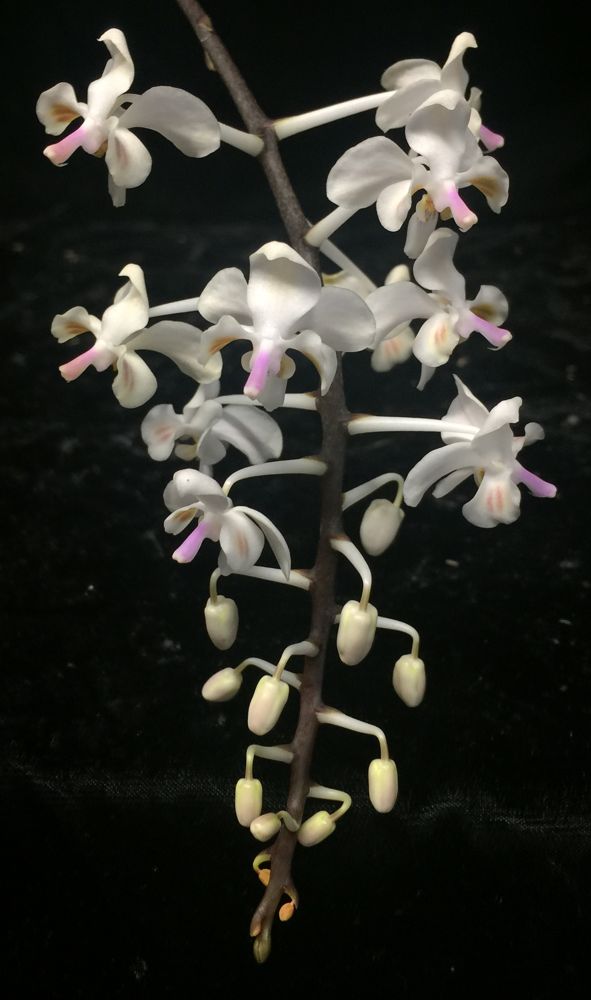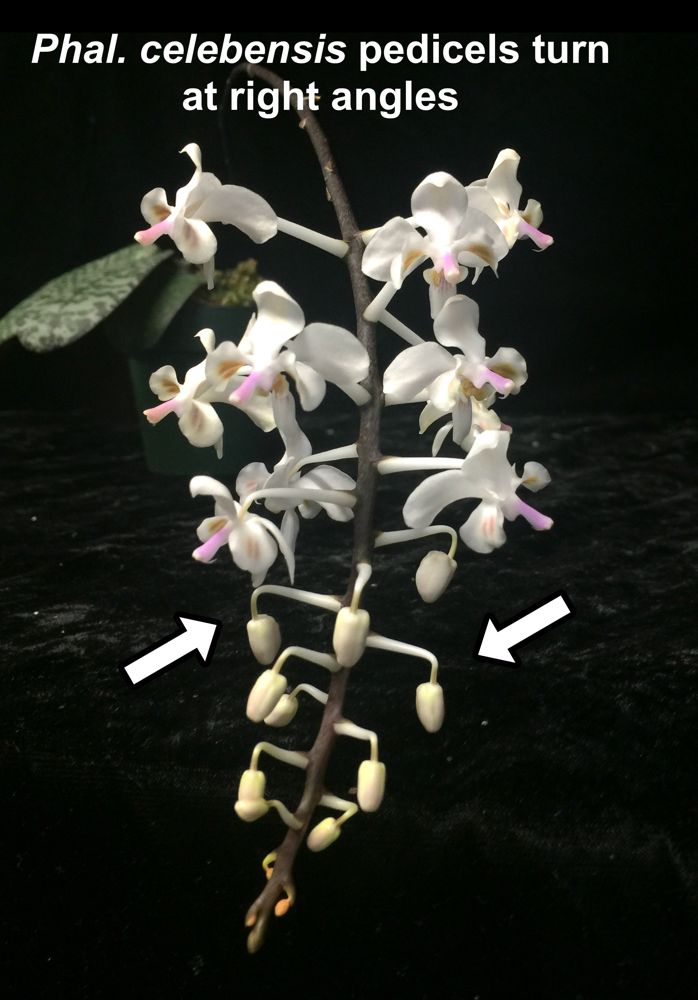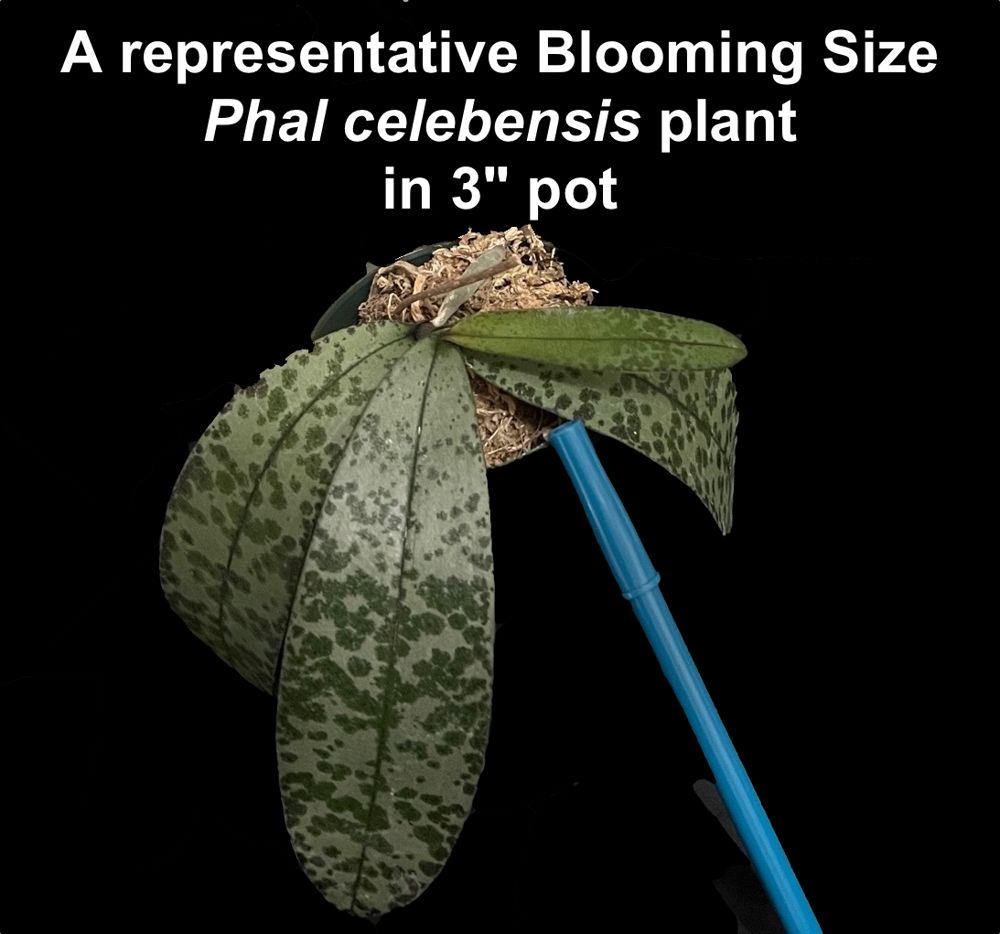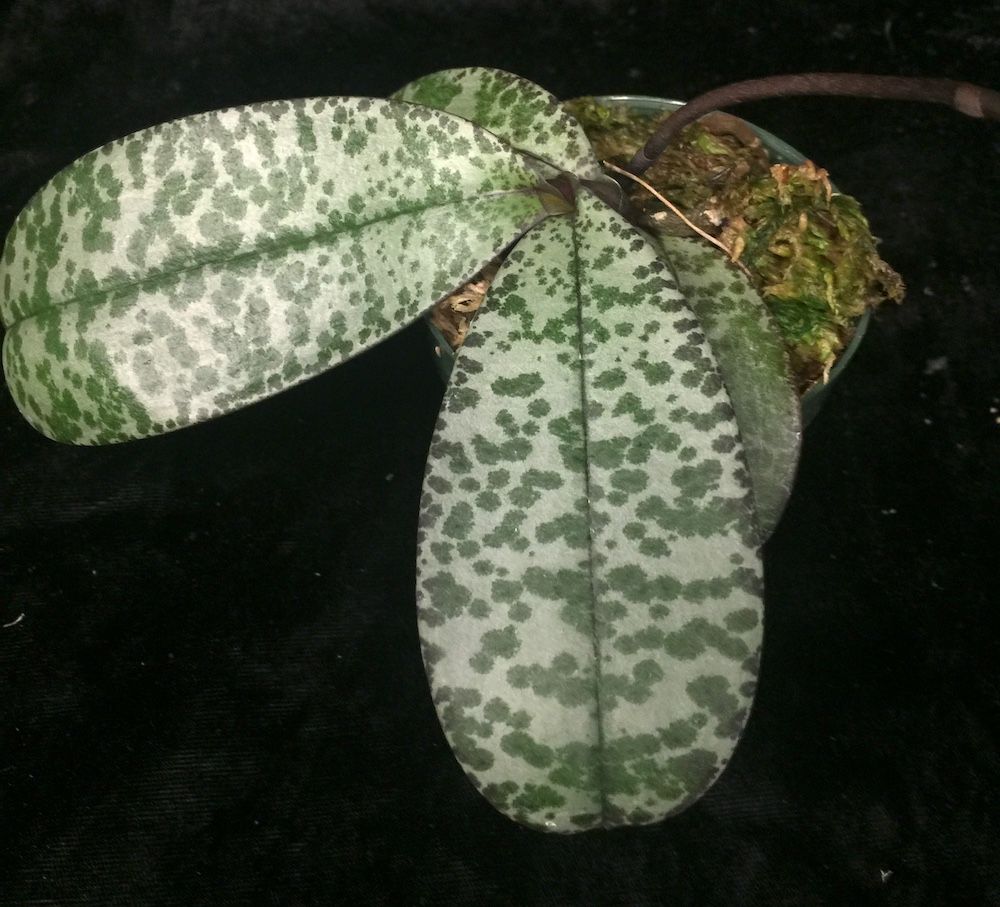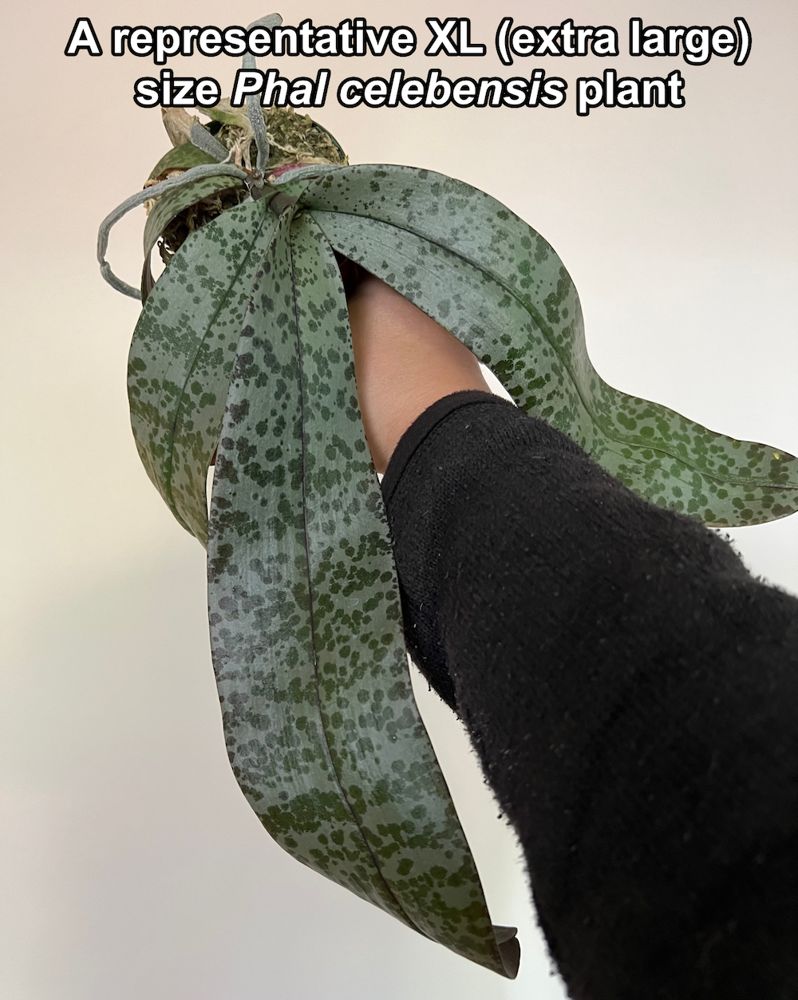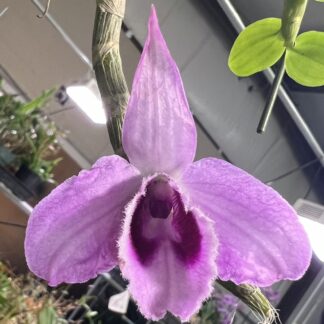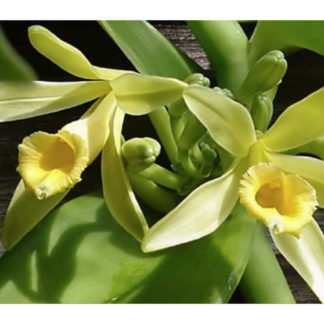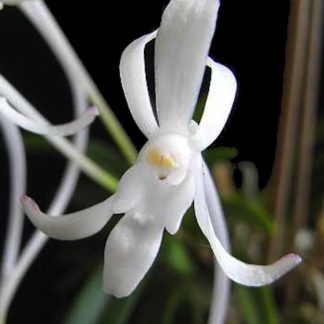Description
IMPORTANT NOTES:
***Please look at all the pictures carefully (and read the text in the photos) so you’ll know the sizes of the plants we’re offering in this listing.***
Looking at this plant, both the leaves and its flowers, it comes as a shock to learn that it is a Phalaenopsis. We’re so used to seeing big, fat Phal leaves of pure green these days, that seeing a plant with incredible mottled patterns on its leaves and learning it’s a Phal can shatter an orchid collector’s mind, and fans the flames of orchid lust. Besides the mesmerizing leaf patterning, the flowers of this species are just as incredible. Their shape and size so little resemble common Phal hybrids that many growers, if they weren’t told this is a Phal species, would have a hard time classifying it!
Nature is full of geometric pattern repetitions, but usually these take the form of curves and spirals. Think of the whorl of a rose, or rosettes of certain succulents. What you don’t often see are 90-degree right angles. But that’s exactly what you see with Phal celebensis blooms! The flowers are very charming and themselves worth the price of admission, but it’s the pedicels — the part that connects the flower to the flower stem (you can always learn something new from Orchid Insanity descriptions) — that will blow your mind even more. The pedicels of this species actually turn at 90 degrees prior to the flower buds opening up! With these fantastic features, Phal celebensis belongs in every serious orchid nut’s collection!
You know you’ve reached another level of orchid collecting when you can get excited about the pedicels of an orchid!
How to grow:
1) Moderate shade (avoid prolonged direct sun). Keep humidity high for best growth.
2) Water once to twice a week; let dry between waterings.
3) Use NZ Sphagnum Moss or chunky bark for plenty of aeration at the roots.
4) Fertilize twice per month.
5) Avoid temps below 50 F; temps into the 90s F or even over 100 F are tolerable if kept shady and well-watered
